Review: Kyocera Hydro Reach for Boost Mobile
May 5, 2016, 4:00 PM by Eric M. Zeman
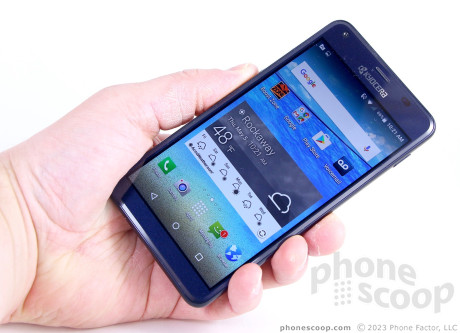
Kyocera's latest Hydro-series handset is the Reach. It's a waterproof smartphone for Boost Mobile that offers a low-cost of entry to the world of Android. The Reach can certainly handle getting wet, but it's somewhat underpowered and suffers from several other issues. Here is Phonescoop's in-depth report.
Hardware
Is It Your Type?
The Hydro Reach from Kyocera is an inexpensive waterproof phone for those apt to find their handset taking a swim (planned or otherwise). This $100 Android smartphone has an entry-level feature set, but its small footprint — and screen that works while wet — make it a viable companion to tote along on your summer adventures.
Body
Kyocera's entire range of "Hydro" phones pitches the same basic experience: they're waterproof (or at least highly water resistant). The range varies a bit in terms of specs and other features, but the Hydro Reach sits closer to the bottom of the range, or, plays in the Hydro kiddie pool, if you will.
The Reach is a rather simple slab. It's an unassuming handset that struggles to impress visually. It doesn't boast any special materials, interesting accents, or unique shapes. It's made of glass and plastic. There is no chrome to speak of, and its curves are uninspired. The colors are about the most interesting aspect of the phone's appearance. The front and side surfaces are a really deep blue color that's not very common on today's phones. The blue is offset by a black rear panel. Yes, the Reach is black and blue all over.
With a 5-inch screen, the Reach is fairly compact. The size should work for the majority of people. I found it easy to carry around and use. I wish it were a little thinner, but the gently rounded side edges help. I had no trouble reaching the entire screen with my thumbs. If you don't like phablets or other big phones, the Reach is a nice size. You'll be able to carry it around in your pocket quite easily.
Glass forms the front face of the phone and it feels good under the thumb. The glass is seated tightly in the frame. I like that the glass itself is chamfered a bit where it joins the frame. This helps round out the profile of the phone, even if fractionally. The side edges are formed by polycarbonate, while the rear panel is made from some type of plastic. I'd call the materials of average quality: they're not impressive, but don't disappoint, either. They are well matched to the phone's $100 price point. The fit and finish is not the best I've seen, as some unevenness is visible where the frame and rear panel meet.
In low light, it's hard to tell the blue face apart from the dark screen. In sunlight, the Reach's blue face really comes to life and sparkles brilliantly, although the user-facing camera and sensor also become quite visible. Kyocera didn't put any physical buttons on the front of the Reach, instead relying on software buttons for interacting with the user interface.
The volume buttons are on the left edge and they're awful. They have just enough shape so your finger can locate them easily, but the travel and feedback is the worst I've experienced in recent memory. The power button, located on the right edge, is only marginally better. The stereo headphone jack is on top and the micro USB port is on the bottom. There is no dedicated camera button.
Kyocera did something slightly interesting with the texture of the rear panel: it's patterned at the bottom (to lend some grip, I guess?), but the pattern slowly fades as you move your finger up the back surface until it becomes entirely smooth. The camera, flash, and speaker are located in the smooth part of the skin near the top.
The panel peels off easily. With the rear cover removed, you have access to the SIM card and memory card slots, which are stacked one on top of the other. The battery is entirely inaccessible; it is built into the phone and cannot be removed or swapped. That's sure to bum some people out.
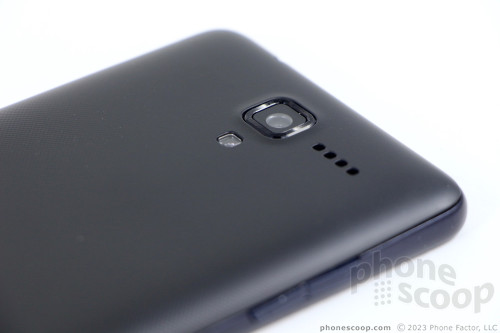
You do have to replace the rear cover carefully to ensure the Reach is waterproof. In particular, make sure the gasket around the SIM/memory card slots is properly sealed.
The Reach rates IP57 on the water resistance scale. That means it can handle a 30-minute bath in up to 1 meter of water. It's safe around the pool, shallow streams/rivers, and your bathtub. I let the phone sit in water for 30 minutes and it had no trouble retaining its integrity. I tested it under running water, too, and found no issues there. Wet-finger tracking means the screen will actually function when wet. Most screens cannot do this.
Kyocera put together a reasonably good piece of hardware in the Hydro Reach. It's a waterproof handset that isn't the size of a boat.
Screen
The Reach has a 5-inch screen with qHD resolution (940 x 560 pixels). It's a good screen for this class of device. (The display is often the priciest component in a phone. Stepping up to HD resolution would have driven up the cost.) My eyes were able to see the pixels along the edges of text and icons, but only when I held the phone close. The phone produces enough illumination for use indoors and out. Colors are accurate, and viewing angles are good. I saw only a little dip in brightness when the phone is tilted side to side.
Signal
Boost Mobile operates on Sprint's network, and the Hydro Reach performed on par with other devices I've tested in Sprint's network in the greater New York region. The phone always displayed a strong connection to the network, allowing me to make and receive calls no matter how strong or weak the signal. I was pleased with the phone's ability to maintain a connection at highway speeds, and can happily report that it did not drop or miss a single call while I reviewed the phone. Data performance wasn't quite so impressive. The phone remained on LTE at all times, but speeds left me wanting more. Browsing the web and updating email worked well, but Instragram and Facebook were sometimes slow to load videos.
Sound
Despite the Reach's ability to hold a call, the quality of those calls is well below average. Calls in the earpiece were rarely loud and clear, in fact, they were often quite the opposite. Voices sounded muffled and sometimes cut out entirely. The earpiece doesn't produce enough volume, not by a long shot. You'll have to keep it set all the way up even when in your quiet home. You can forget hearing calls out and about, as they are easily drowned out by noise. The speakerphone is even worse. Voices were muddier, and volume is almost non-existent. Your best bet is to place the phone with the speaker against a hard surface. I had a hard time hearing calls via speakerphone when in the car. Ringers and alerts are just barely adequate. The vibrate alert is decent.
Battery
The Reach has a 2,160 mAh battery contained within and it does a respectable job of delivering a useful amount of battery life. The phone should push through an entire day, though it'll be gasping for breath by the time you call it a night. I often found that the battery hit 20% around 7-8pm with heavy use, and it petered out entirely by 10 or 11pm. I can live with that, but I'd prefer better. (For my tests I kept the display brightness at 50%, kept all the radios on, and was sure to stream plenty of YouTube, Google Music, and so on.)
Thankfully, as usual, Kyocera added its EcoMode tools to the Hydro Reach. With the latest version of EcoMode running, the phone pushes into a second day of battery life quite easily. EcoMode has a large number of tools. For example, you can restrict certain functions, such as email sync, the various radios, brightness, and more. It's an advanced battery management program and delivers real-world results.
The Reach does not have rapid charging, nor does it have wireless charging.
Bluetooth, GPS, NFC, WiFi
The Reach's secondary radios all performed somewhat adequately. The Bluetooth radio paired easily enough with other devices, including phones, headsets, headphones, and my car. However, call quality via dedicated headsets and my car's hands-free system was pretty rough. Both volume and clarity were severely lacking. Music sounded passable when pushed through different headphones and speakers.
The Reach doesn't have NFC.
The GPS radio worked in tandem with Google Maps to locate me, but it was a hair slow. It took Maps between 10 - 15 seconds to find me, and even then accuracy was only as good as about 50 feet. Those numbers aren't great. (Most new phones can pinpoint me in about 5 seconds and deliver accuracy 25 feet or less.) Maps was also slow when it came to real-world navigation between points.
The WiFi radio didn't give me any trouble.
Software
Lock Screen
The Reach's lock screen experience mirrors that of most other Android handsets. Press the lock button to wake the display. The clock is easily visible in the middle of the screen, though I wish the font were a bit thicker. Notifications bundle up beneath the clock, and shortcuts to the phone and camera are positioned in the lower corners. You can hide individual notifications if you want. The notification shade and Quick Settings panel are available from the lock screen.
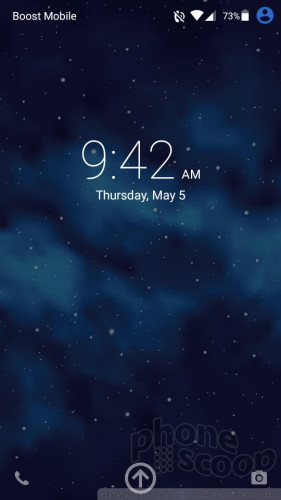
There are no high-tech security tools available on the Reach. You can select from a numerical PIN, alphanumeric password, or pattern to lock the phone. I like that you can customize what happens if people try to unlock the phone without a password (data wipe, lockout, and so on.)
Kyocera did not do anything to dress up or alter the lock screen. Some phone makers, like Samsung, Motorola, and LG, have active displays that show notifications and other alerts as they come in, without waking up the phone. The Hydro Reach doesn't have anything like that. It's simple, which surely works for many people.
Home Screens
The Reach runs Android 5.1 Lollipop. Google gave Android 6.0 Marshmallow to phone makers in September of last year. It's about time to call BS on phone makers who don't ship Marshmallow on their newest phones. "I am disappoint," is my official stance on the Android 5.1 OS on this phone and all new phones moving forward.
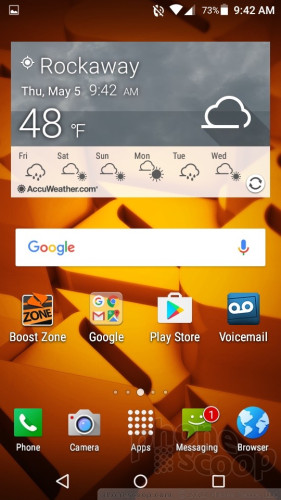
(While we're on the subject, at the time of this writing, the Reach's software only includes Google security patches through 3/8/16. That means it's two months behind the current level of protection from recently-discovered security issues. Kyocera can and should do better.)
There are five home screen panels active out of the box and three are pre-loaded with app shortcuts and widgets. The behavior of these panels is more or less what you expect from Android handsets, which means you can customize them however you like. Like some older Kyocera handsets, you can choose to turn the home screen panels off entirely and use only the app menu. Personally, I like the home screen panels.
The app menu is arranged in side-by-side panels that can be arranged alphabetically or customized to suit your tastes. Using the menu button in the upper-left corner, you can sort apps by recently added, or most frequently used. If nothing else, it provides some degree of flexibility in how you view the app drawer.
The Quick Settings tray and settings tools have been reskinned with fonts, colors, and arrangements unique to Kyocera. I can't say I like the way Kyocera treated these changes, but I'm sure some people won't mind at all. In the long run, they don't differ all that much from other Android phones.
Performance is not the best I've seen. The Reach is powered by a 1.1 GHz quad-core Snapdragon 210 processor with 1 GB of RAM. The Reach definitely felt slow on occasion, especially when attempting to move about the homescreen and open/switch apps. Transitions felt sluggish. Basically, nothing felt speedy or spry. I was often frustrated with the Reach's turtle-like speeds. I've seen other phones use the Snapdragon 210 without performance issues, so we can't lay all the blame here on Qualcomm's silicon.
Camera
The Reach's camera app is a carry-over from older Kyocera handsets. That's not necessarily a bad thing. As noted, the Reach does not have a dedicated camera button, so the quickest way to open it is by using the lock screen shortcut.
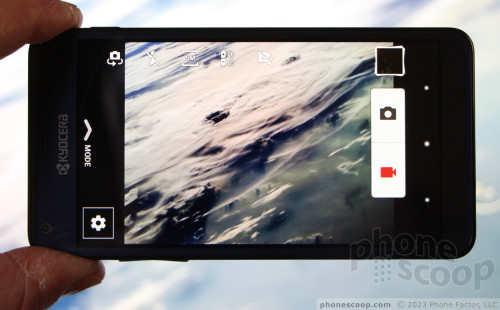
If you've used any smartphone to shoot pictures in the last few years, the Reach's camera won't take long to decipher.
The shooting modes include normal, burst, effect, scene, manual, and time-lapse. (No panorama?!?) Each mode is self-explanatory and behaves as you'd expect. Effects are essentially Instagram-style filters for artistic purposes, and "scenes" account for different shooting locations/lighting, such as landscapes, food, text, portraits, night, etc.
Manual mode is kind of a joke. When in manual mode you can alter ISO, focus, brightness and white balance. If you want to adjust these behaviors, good luck finding them. They are buried three layers deep in the settings menu. Most other phones that offer a "manual" mode put all the controls on the main screen. Seriously Kyocera, what are you thinking here?
Using the settings tools, you can select which quick actions appear at the top of the screen. You can choose up to five. I like this.
Performance-wise, the camera is painful to use. The Snapdragon 210 really struggles with this app. Pretty much everything about it is slow and frustrating. It makes for a poor picture-taking experience.
Photos
The Reach has a 5-megapixel sensor and it performs below average, even for this class of device.

The camera really struggles to attain good images. Focus is often poor and exposure is inconsistent. White balance is typically okay. The biggest issue is focus, and that's a product of the camera's lack of speed. It's so slow I often moved the camera before the Reach had finished taking the shot. This doesn't lead to semi-soft shots, it leacompletely unusable smears of color. Even when I held the camera still, (for far longer than should be necessary,) images were a bit soft.
The Reach hardly suffices for everyday photography. In fact, I'd say bring a spare camera if you care about photography at all. Definitely do not rely on the Reach for important events you want to remember for years to come.
The same goes for the Reach's video camera. The Reach struggles to focus in low light; panning around results in herky-jerky, motion-sickness-inducing video; and the Reach cannot handle dramatic changes in light at all.
Honestly, the Reach has one of the poorest-performing cameras I've tested in some time.
Boost/Kyocera Stuff
O.M.G. Boost went overboard with bloatware on the Reach. The Boost-branded apps include Boost 411, Fun & Games, Music, Zone, and Dealz. Then there are third-party apps from 1Weather, airG, Amazon, Amazon Music, Amazon Video, CallWatch, Gadget Guardian, NextRadio, Uber, and others. Most of these cannot be deleted, which is annoying. Moreover, none can be "hidden", as many other phones permit.
Wrap-Up
Taken as a whole, nearly every other phone offered by Boost Mobile is better than the Kyocera Hydro Reach. The best feature of the Reach — its waterproof skin — is limited to just a couple devices in Boost's lineup, and none are as inexpensive as the Hydro Reach.
Sadly, there's a lot holding the Reach back. The design is plebeian and not executed as well as it could be, voice quality is below average, the screen is average, and battery life is on the edge. The UI works well enough, but the processor doesn't provide enough oomph. The biggest issue is the camera, which is truly bad. If you care about photography at all, stay away from this phone.
If a waterproof phone is the top criteria you're seeking in an affordable and basic handset, the Kyocera Hydro Reach meets those qualifications. I wouldn't recommend the Reach to anyone else, as it doesn't quite reach high enough.



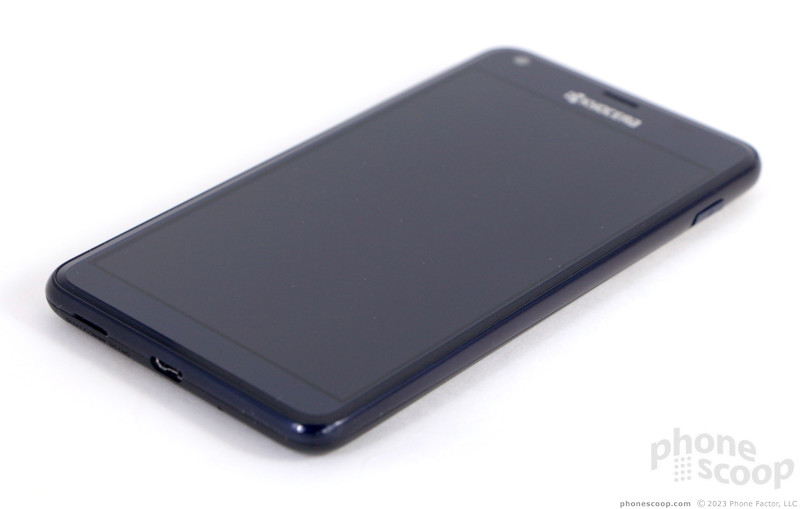













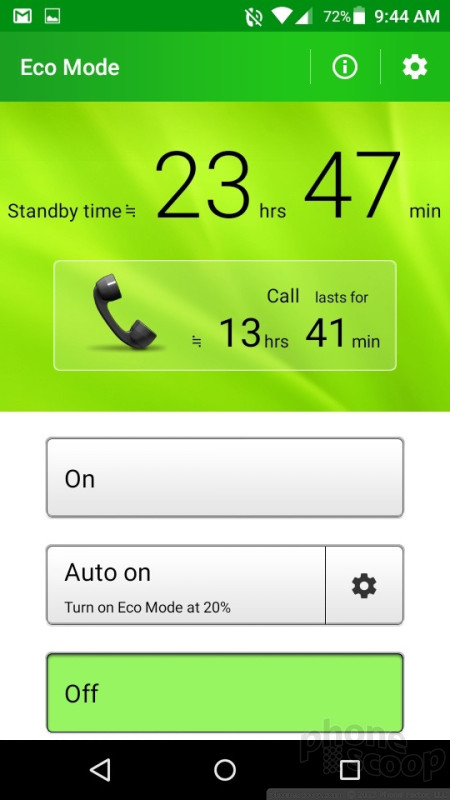



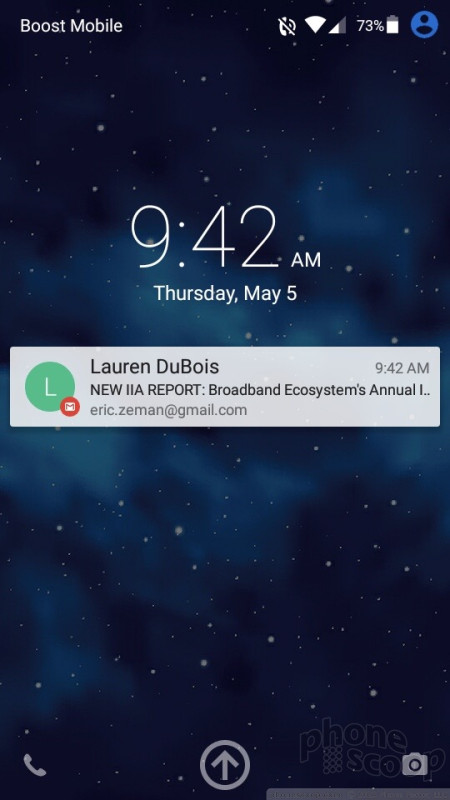



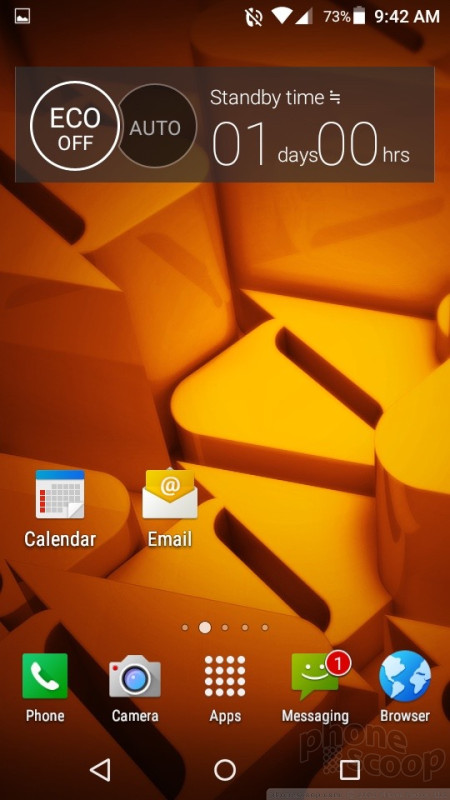








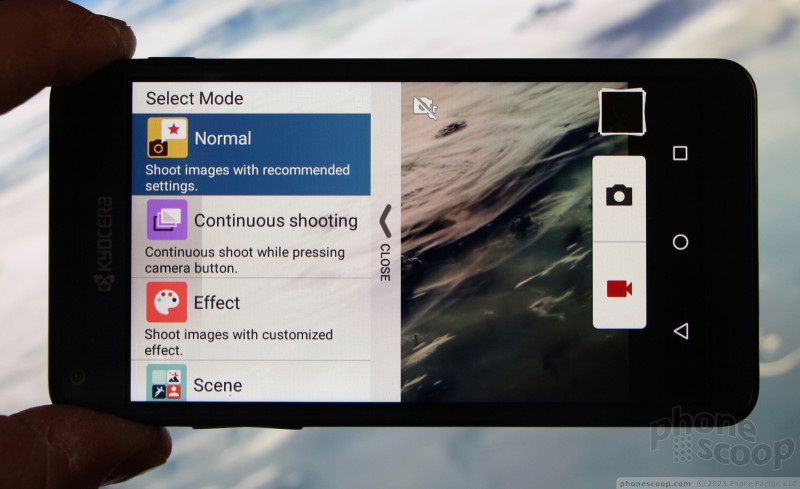







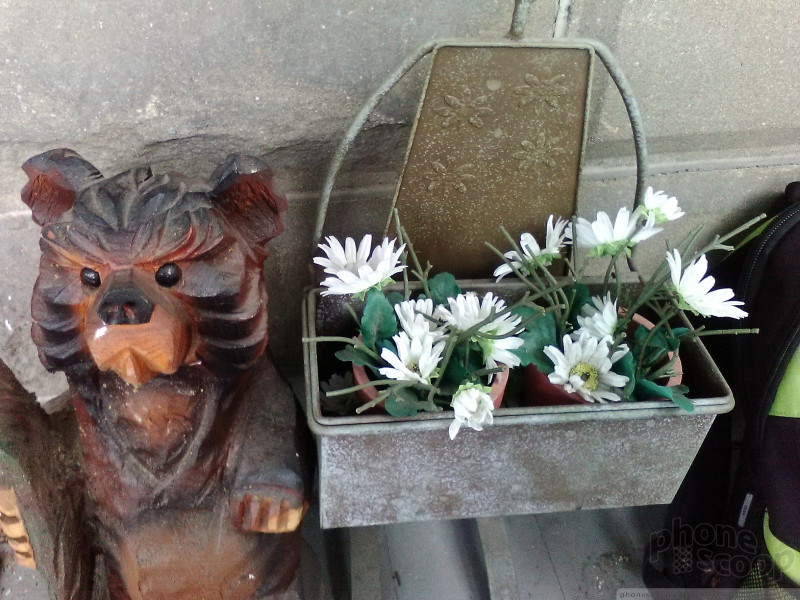

















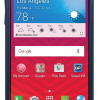 Boost and Virgin Mobile Score Kyocera Hydro Reach
Boost and Virgin Mobile Score Kyocera Hydro Reach
 iPhone 14 Plus Offers a Big Screen For Less
iPhone 14 Plus Offers a Big Screen For Less
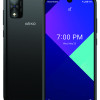 Wiko Drops a Better Ride for Boost
Wiko Drops a Better Ride for Boost
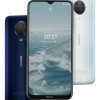 Nokia Brings New G Series to US
Nokia Brings New G Series to US
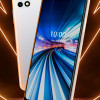 Boost Gets Its Own Affordable 5G phone
Boost Gets Its Own Affordable 5G phone
 Kyocera Hydro Reach
Kyocera Hydro Reach




